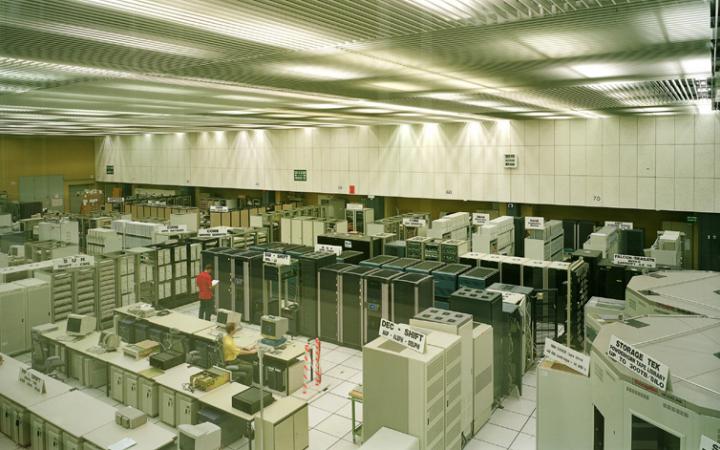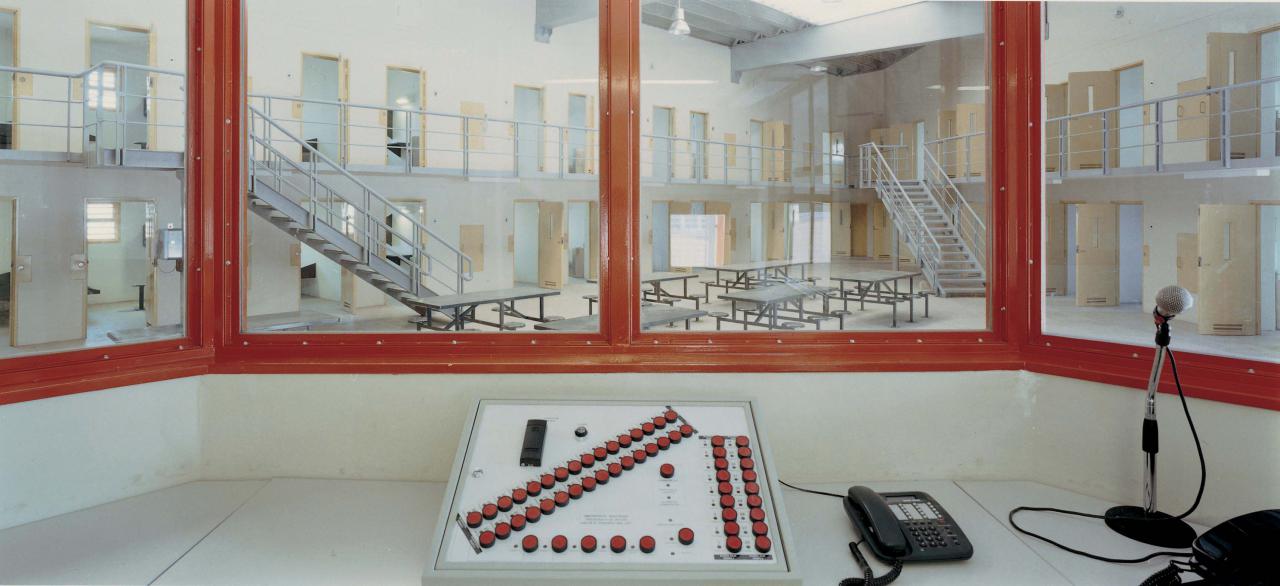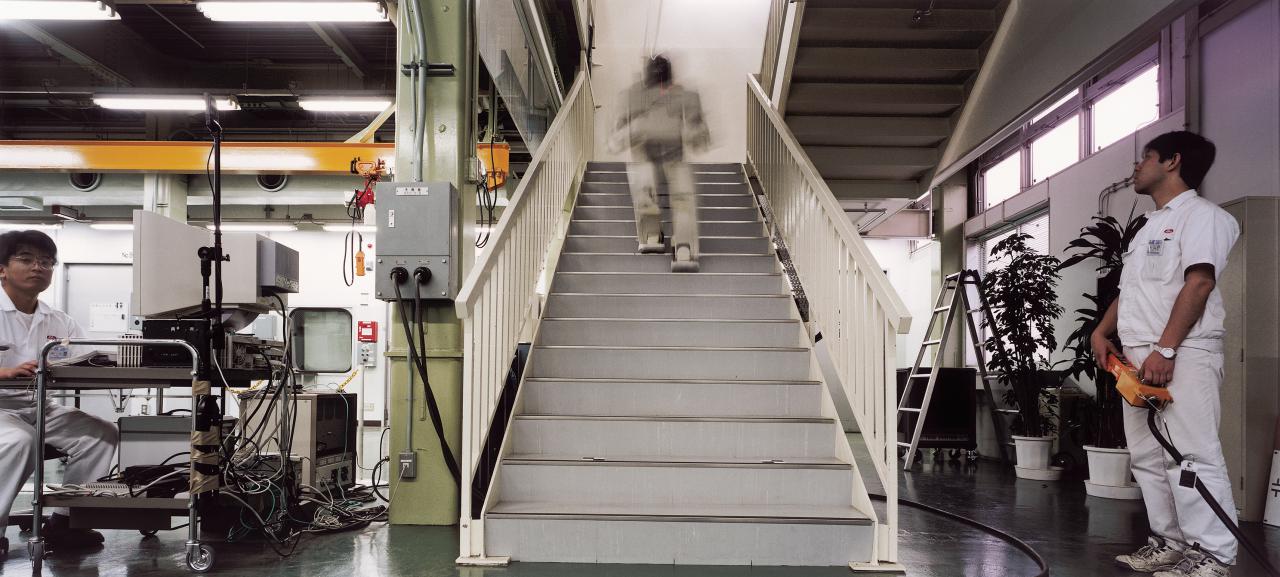Introduction
The Appearance of That Which Cannot Be Seen

For more than twenty years, Armin Linke has been photographing the effects of globalization, the comprehensive transformation of infrastructures, and the interlinking of postindustrial society through digital information and communications technologies. His works record the profound economic, environmental, and technological changes that shape our device-based world in the twenty-first century. Armin Linke’s photographs show the modern world as a gigantic world of data with a largely invisible material infrastructure of data processing centers, data highways, and server rooms. From the global transportation of goods to the organization of our private everyday lives, the infosphere of digital data has a fundamental impact on every aspect of our world today.
Linke’s image archive, which encompasses more than 500,000 photographs, documents both the supersession of the twentieth-century logic of production by the distributional logic of the twenty-first century and the growing significance of the financial economy relative to the real economy, as well as the increasing transformation of real objects into data. At the interface of the physical and digital worlds, his photographs open up a view onto central themes of GLOBALE such as digitalization and globalization, big data, climate change, and industry 4.0. They also prompt reflections on how these globally interconnected trends and processes will change life on earth not only technologically, but also politically and socially.
Linke’s image archive, which encompasses more than 500,000 photographs, documents both the supersession of the twentieth-century logic of production by the distributional logic of the twenty-first century and the growing significance of the financial economy relative to the real economy, as well as the increasing transformation of real objects into data. At the interface of the physical and digital worlds, his photographs open up a view onto central themes of GLOBALE such as digitalization and globalization, big data, climate change, and industry 4.0. They also prompt reflections on how these globally interconnected trends and processes will change life on earth not only technologically, but also politically and socially.

Armin Linke, Ezeiza Penitentiary, Buenos Aires, Argentina, 1999
© Armin Linke, Photo: Courtesy of the artist
For »The Appearance of That Which Cannot Be Seen«, scientists and theorists were invited to engage with Armin Linke’s photographic archive. In close cooperation with the artist, different images have been selected to be presented in the exhibition in various combinations. Texts, images, and video recordings do not form fixed units, but are rather part of shifting spatial settings in which the commentary of individual »actors« opens up different perspectives onto the photographs. By revealing the process of selection, the project thematizes the way we read our world through images; it also addresses the different methodical approaches to the topics of GLOBALE from the perspective of the respective research methods and research interests of the individual »actors«.

Armin Linke, Honda Research Centre, humanoid robot, Wako (Tokyo), Japan, 1999
© Armin Linke, Photo: Courtesy of the artist
As with Armin Linke’s interactive installation »Phenotypes / Limited Forms«, which was exhibited at the ZKM in 2007 and invited visitors to independently arrange photographs in an online archive, in »The Appearance of That Which Cannot Be Seen« the legibility of photographic archives can be experienced spatially through display systems created specially for the exhibition. Here Linke is concerned not with the individual motif, but with compositions of his images and the narratives that are generated through these compositions. The fact that the photograph itself is a medium of reproduction, which is part of a technological media history and part of a political and social history, is made evident through the photographs’ white borders, which derive from the use of different camera types with image formats originally developed for specific functional fields of application, and which Linke transfers to standard paper formats. In his works, Linke thereby also exhibits the history of photography in a sense and makes clear that without this medium, “the appearance of that which cannot be seen, cannot be seen” (Bruno Latour).
Author: Philipp Ziegler
Author: Philipp Ziegler
Participating actors:
- Arieila Azoulay (*1962 in Tel Aviv)
- Bruno Latour (*1947in Beaune)
- Peter Weibel (*1944 in Odessa)
- Mark Wigley (*1956 in Palmerston North)
- Jan Zalasiewicz (*1954 in Manchester)